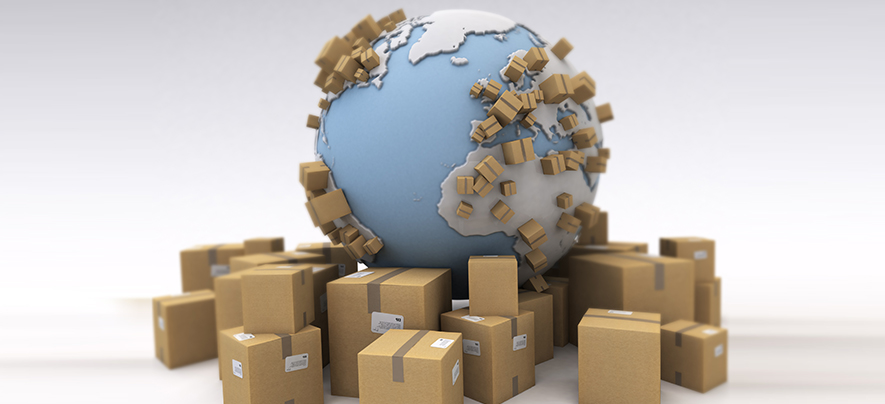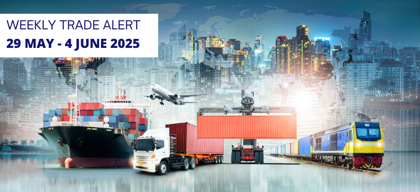What’s in a package?

Logistics & Supply Chain
453 week ago — 6 min read
Packaging is becoming an increasingly important element in determining the sustainability quotient of a consumer product. As a result, companies across the world are increasingly looking to demonstrate the highest environmental credentials through their consumer-facing packaging to show that their products are ‘responsible’. Recognising the importance of raw material sourcing that is both sustainable and traceable, McDonald’s, Dunkin’ Donuts and Yum! Brands have all committed to zero deforestation across their global supply chains, including packaging. Similarly, major global retailers like Whole Foods and M&S Foods have made commitments to ‘sustainable packaging’ in their food retail segments.
What consumers want
Market trends reflect an increasing consumer inclination towards sustainable packaging as well. According to a recent report by Viewpoint on Future Packaging for Millennials, a majority of ‘millennials’ in the EU region prefer fibre-based packaging as opposed to other types of packaging and consider it to be the sustainable choice. The report further states that, in addition to enabling a retailer to keep up with evolving consumer preferences, fibre-based packaging can facilitate rationalised in-store handling, higher shelfspace utilization, efficient recycling and opens up new pricing opportunities for a retailer’s business.
This is important for Indian retailers to consider because, according to a study titled Engaging Tomorrow’s Consumers by the World Economic Forum, the rising urban, Asian, middle class ‘millennials’ (like those in India and China) present a particularly strong business opportunity because of their wealth, attitudes and behaviour. Of the 1.7 billion millennials globally, 61% live in Asia and 37% live in either India or China. There is a clear case for retailers to use sustainable packaging as a means to differentiate their products and engage this growing consumer segment around responsible consumption.
Responsible sourcing
There is also a strong environmental and social case — irresponsible sourcing of forest-based fibre used in the manufacture of packaging can have particularly adverse impact on ecologically significant areas, not just domestically, but particularly in the tropical forests of South East Asia. One way for companies to mitigate these supply chain impacts is by choosing to source packaging materials derived from sustainably managed forests. It is here that Forest Stewardship Council (FSC), the leading forestry and supply chain certification, through its high standards of responsible forestry, ensures environmentally appropriate, economically viable and socially beneficial solutions for packaging supplies. The FSC system ensures that wood and paper products come from, and are traceable to, responsibly managed forests and verified recycled sources. Furthermore, it offers the advantage of using the FSC logo to enhance one’s brand, avoid reputational risks and differentiate one’s products. It can also be a vital key to long term business success, because it ensures — legal supply of material sourced in an environmentally and socially responsible manner at the plantation level.
How to get started
For Indian brands and retailers, developing responsible sourcing practices in packaging can be achieved through a progressive, step-wise approach:
• Developing a publicly available responsible sourcing policy linked to FSC
• Implementing processes to ensure the implementation of a responsible packaging policy
• Publicly disclosing targets and annual third-party verified progress.
In addition to improving their own business, companies can also act as change agents and engage customers to raise awareness through new avenues of managing the reuse and recycling of packaging. Such initiatives can also increase a retailer’s access to ‘ethical’ consumer segments, and can also result in savings. For instance, IKEA encourages customers to recycle and reuse products when they are no longer wanted. Many of their stores offer opportunities for customers to return and sort waste for recycling. They have also started investigating the opportunities for full recyclability of different materials used in IKEA products, and how cyclic systems can save scarce natural resources and reduce waste to landfill. The relaxing of Foreign Direct Investment in single brand retail by the Indian government and stricter solid waste management regulations might see more of these innovations taking hold locally. Certainly, there are advantages to be gained in terms of cost reduction, risk mitigation, customer engagement and brand enhancement from taking a responsible approach to packaging.
Article & image source: STOrai Magazine
Disclaimer: The views and opinions expressed in this article are those of the author and do not necessarily reflect the views, official policy or position of GlobalLinker.
View STOrai 's profile
Other articles written by STOrai Magazine
The Art & Science of People Pleasing in Retail
21 week ago
Most read this week













Comments
Share this content
Please login or Register to join the discussion